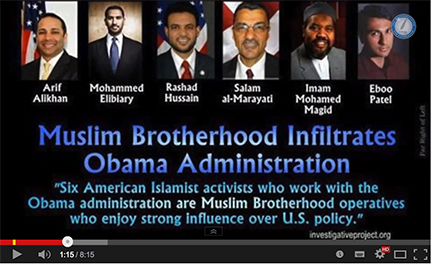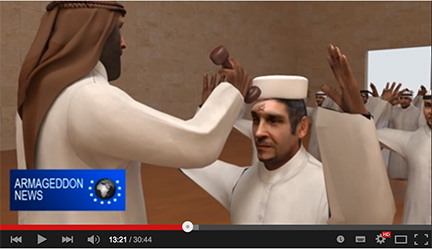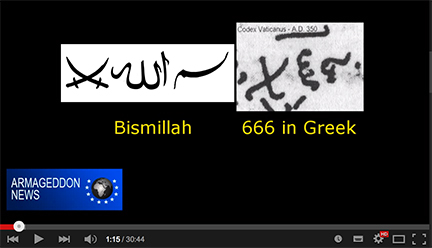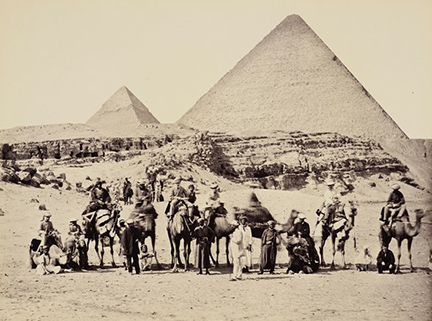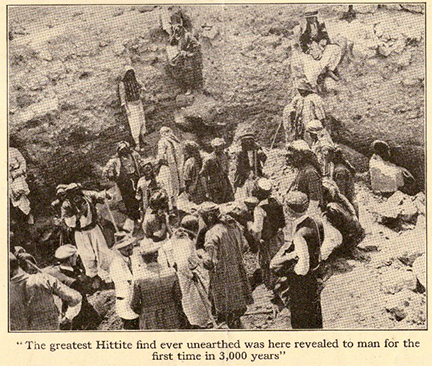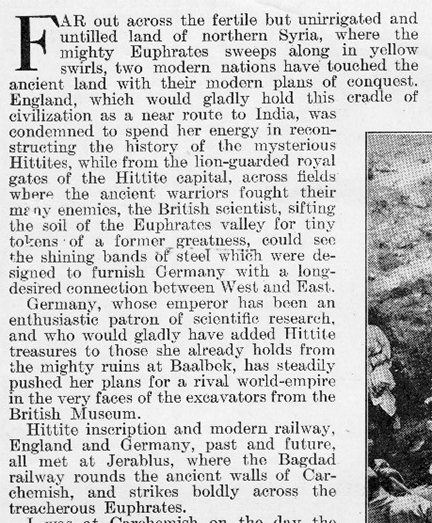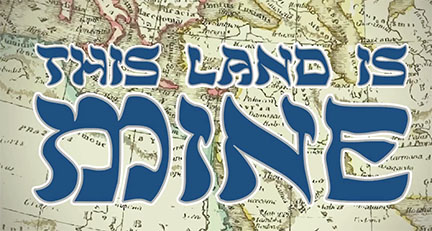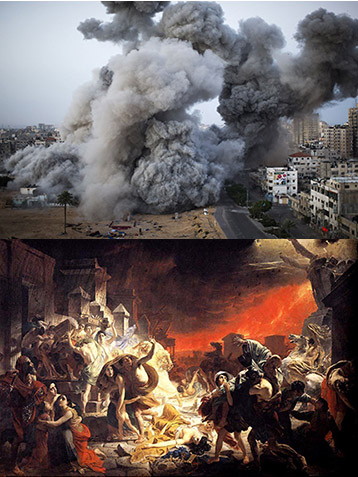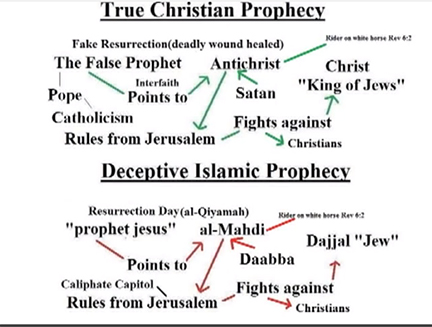
Is it hard to image what President Obama has not been called. The tea party partisans say he is not an American; many Republicans think he is a Muslim (or Arab as though there is any difference). And he has let Muslim Brothers take over the government. He is obviously a socialist, if not a communist. And then there is what the Bible has to say about this American president (not to mention several others before him and quite a few defunct world leaders). So some prophecy sites on Youtube say he is the Beast of Revelation. After all, the secret service calls his presidential limousine “the beast.” Or the Antichrist. If he had a sex change operation, he would no doubt be a candidate for the “Whore of Babylon.” But then where would that leave Hilary Clinton? And now that we know that Michelle Obama is a man, it is really hard to find a revelation role for her or him.
